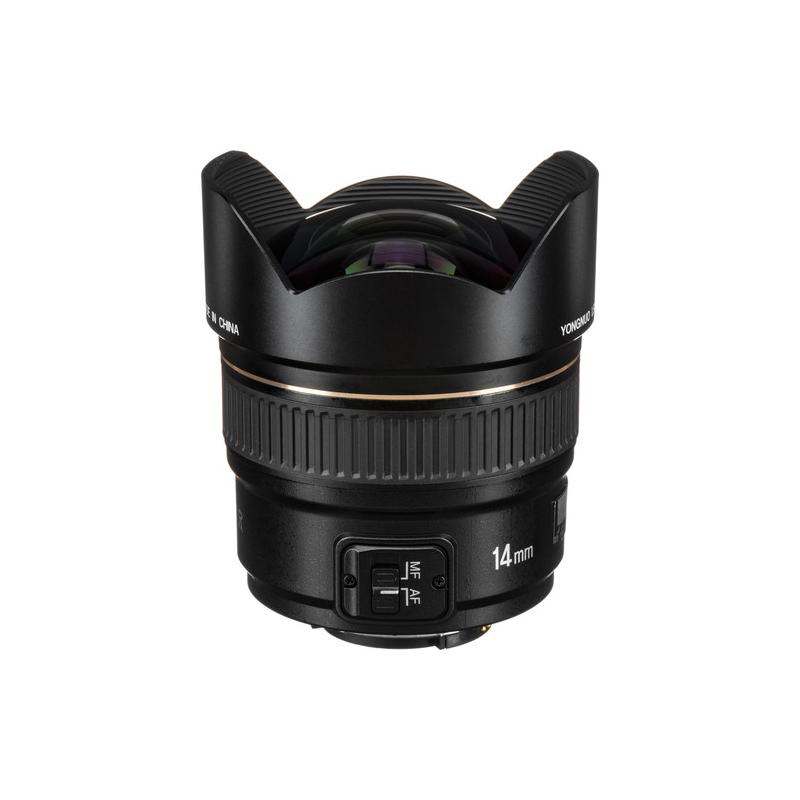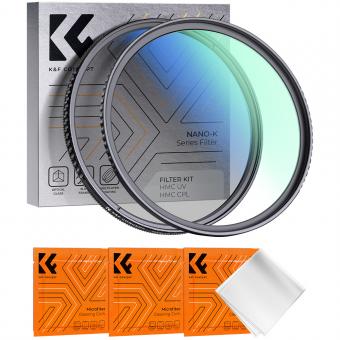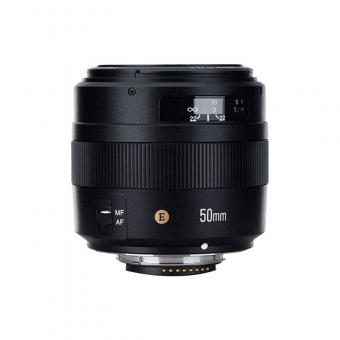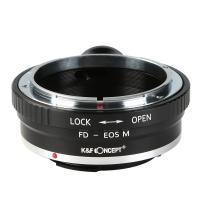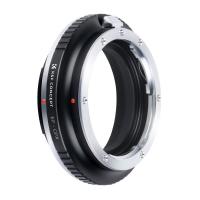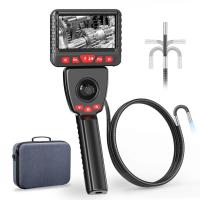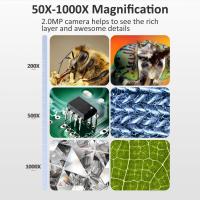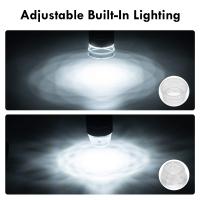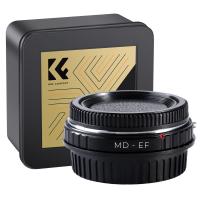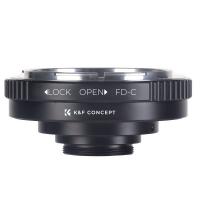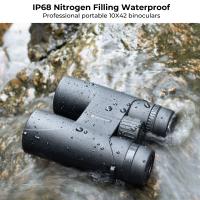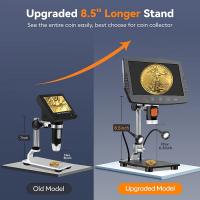What Are Digital Cameras Made Of ?
Digital cameras are typically made of a combination of materials, including plastic, metal, and glass. The outer casing of the camera is often made of durable plastic, which helps protect the internal components. The lens, which is a crucial part of the camera, is usually made of high-quality glass or sometimes plastic. The image sensor, responsible for capturing the digital image, is typically made of silicon and other semiconductor materials. Other components, such as the circuit boards, buttons, and LCD screen, are made of various metals and plastics. Overall, digital cameras are designed to be lightweight, portable, and durable, making use of a variety of materials to achieve these qualities.
1、 Image sensor technology
Digital cameras are made up of various components that work together to capture and process images. One of the most crucial components is the image sensor, which is responsible for converting light into digital signals. Image sensor technology has evolved significantly over the years, leading to improvements in image quality and camera performance.
The image sensor is typically made of a semiconductor material, such as silicon, and consists of millions of tiny photosensitive elements called pixels. Each pixel captures the intensity of light that falls on it and converts it into an electrical charge. This charge is then converted into a digital signal by an analog-to-digital converter (ADC) within the camera.
There are two main types of image sensors used in digital cameras: CCD (Charge-Coupled Device) and CMOS (Complementary Metal-Oxide-Semiconductor). CCD sensors were the dominant technology in the early days of digital cameras but have been largely replaced by CMOS sensors due to their lower power consumption and faster readout speeds.
CMOS sensors have seen significant advancements in recent years, with improvements in pixel size, sensitivity, and noise reduction. Backside-illuminated (BSI) CMOS sensors, for example, have a more efficient light-gathering structure, resulting in better low-light performance. Additionally, manufacturers have been increasing the megapixel count of sensors, allowing for higher-resolution images.
In recent years, there has also been a rise in the use of stacked CMOS sensors, which incorporate additional layers for improved functionality. These stacked sensors can include features like on-chip memory, enabling faster data readout and advanced image processing capabilities.
Overall, image sensor technology continues to evolve, driven by the demand for better image quality, higher resolution, and improved low-light performance. As technology advances, we can expect further innovations in image sensor design and functionality, leading to even more impressive digital camera capabilities.
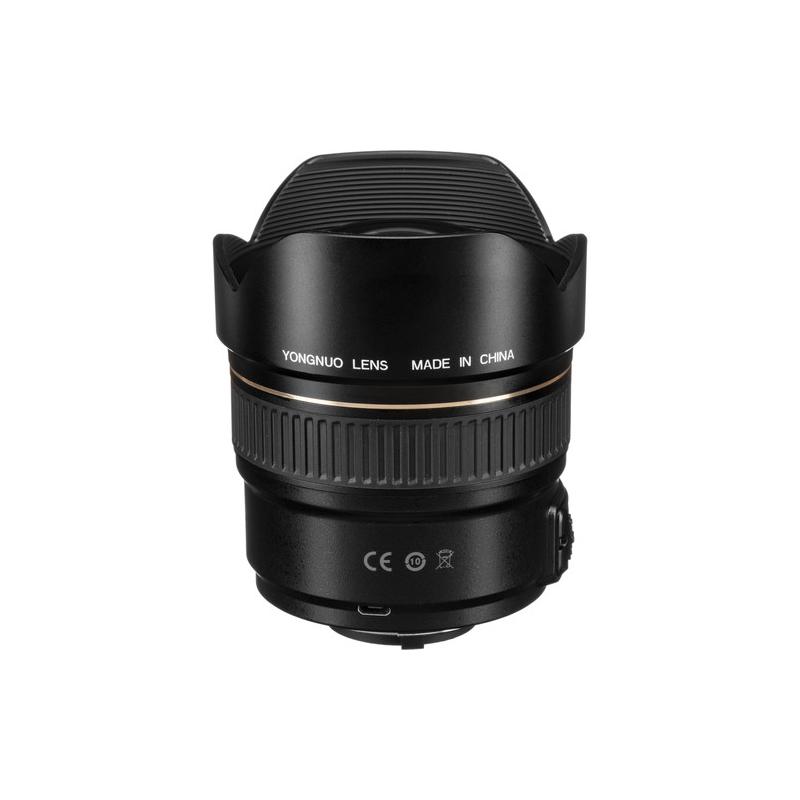
2、 Lens and optics components
Digital cameras are complex devices that capture and store images electronically. They are made up of various components that work together to produce high-quality photographs. One of the most important components of a digital camera is the lens and optics system.
The lens in a digital camera is responsible for focusing light onto the image sensor. It is typically made of multiple glass elements that help correct for various optical aberrations and improve image quality. The lens determines the camera's field of view, depth of field, and overall image sharpness. In recent years, there have been advancements in lens technology, such as the development of aspherical lenses and lens coatings, which further enhance image quality and reduce lens flare and ghosting.
The optics components in a digital camera include the image sensor, which is the electronic device that converts light into electrical signals. The image sensor is typically a charge-coupled device (CCD) or a complementary metal-oxide-semiconductor (CMOS) sensor. CMOS sensors have become more popular in recent years due to their lower power consumption and faster readout speeds.
Other optics components include the image processor, which processes the electrical signals from the image sensor to produce a digital image. The image processor performs tasks such as noise reduction, color correction, and image compression. Advancements in image processing technology have led to improved image quality, faster processing speeds, and more advanced features in digital cameras.
In addition to the lens and optics components, digital cameras also include other essential elements such as the body, controls, LCD screen, memory card slot, and battery. These components work together to provide a user-friendly interface, storage for images, and power for the camera.
Overall, digital cameras are made up of a combination of lens and optics components, along with other essential elements, to capture and produce high-quality digital images. The continuous advancements in lens technology, image sensors, and image processing have led to significant improvements in digital camera performance and image quality.
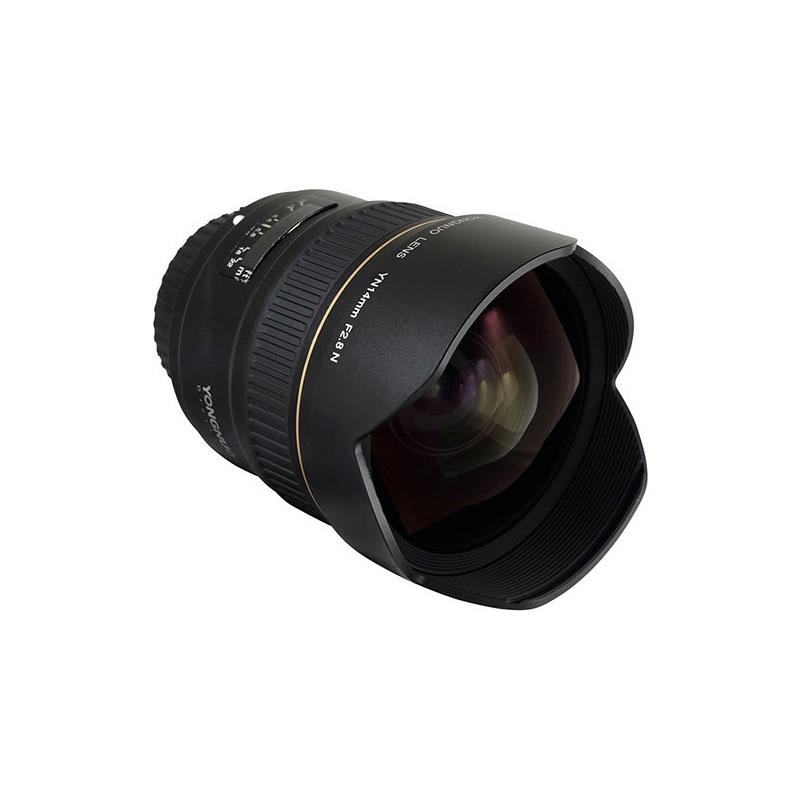
3、 Digital signal processing
Digital cameras are made up of various components that work together to capture, process, and store digital images. These components include the lens, image sensor, digital signal processor (DSP), memory, and display.
The lens is responsible for focusing light onto the image sensor. It determines the quality and clarity of the captured image. The image sensor, typically a charge-coupled device (CCD) or a complementary metal-oxide-semiconductor (CMOS) sensor, converts the incoming light into electrical signals.
The digital signal processor (DSP) is a crucial component in digital cameras. It processes the electrical signals from the image sensor and performs various tasks such as noise reduction, color correction, and image compression. The DSP plays a significant role in enhancing image quality and optimizing camera performance.
In recent years, advancements in DSP technology have revolutionized digital photography. The latest DSPs are equipped with advanced algorithms and machine learning capabilities, enabling features like image stabilization, face detection, and scene recognition. These advancements have greatly improved the overall user experience and image quality.
Memory is another essential component in digital cameras. It stores the captured images and allows for quick access and retrieval. With the advent of high-capacity memory cards, photographers can now store thousands of images without worrying about running out of storage space.
Lastly, the display, usually an LCD screen, allows users to preview and review the captured images. It provides a visual representation of the image quality and composition, enabling photographers to make adjustments and retake shots if necessary.
In conclusion, digital cameras are made up of various components, with the digital signal processor being a critical element. The latest advancements in DSP technology have significantly improved image quality and introduced innovative features, making digital photography more accessible and enjoyable for users.
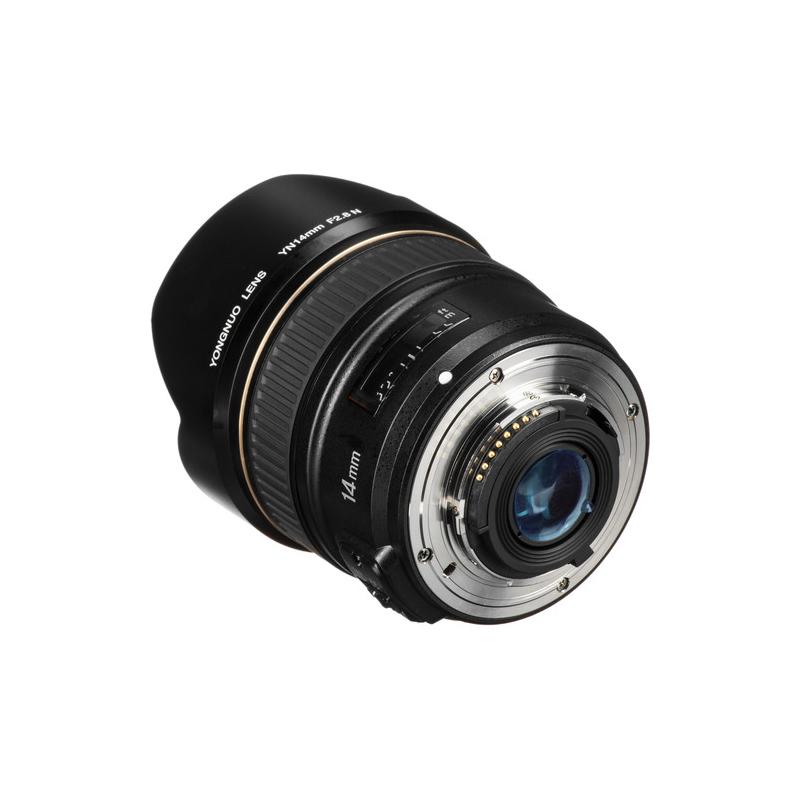
4、 LCD or electronic viewfinder display
Digital cameras are made up of various components that work together to capture and process images. One of the key components is the image sensor, which is responsible for converting light into digital signals. The most common type of image sensor used in digital cameras is the CMOS (Complementary Metal-Oxide-Semiconductor) sensor, although some high-end cameras use CCD (Charge-Coupled Device) sensors.
In addition to the image sensor, digital cameras also have a lens system that focuses light onto the sensor. The lens is typically made up of multiple glass elements that help to correct for various optical aberrations and ensure sharp and clear images. The aperture, which controls the amount of light entering the camera, is also an important part of the lens system.
Another crucial component of digital cameras is the LCD (Liquid Crystal Display) or electronic viewfinder display. This display allows photographers to preview and compose their shots before capturing them. LCD displays have become increasingly popular in recent years due to their high resolution and ability to provide real-time feedback on exposure, focus, and other settings. Electronic viewfinders, on the other hand, use a small LCD screen to simulate the experience of looking through an optical viewfinder.
In recent years, there has been a growing trend towards mirrorless cameras, which eliminate the need for a traditional optical viewfinder. These cameras rely solely on electronic viewfinders or LCD displays for composing and previewing images. Mirrorless cameras offer advantages such as compact size, lighter weight, and the ability to use interchangeable lenses.
Overall, digital cameras are a complex combination of advanced technology and precision engineering. The continuous advancements in image sensors, lens systems, and display technologies have greatly contributed to the evolution of digital photography.
